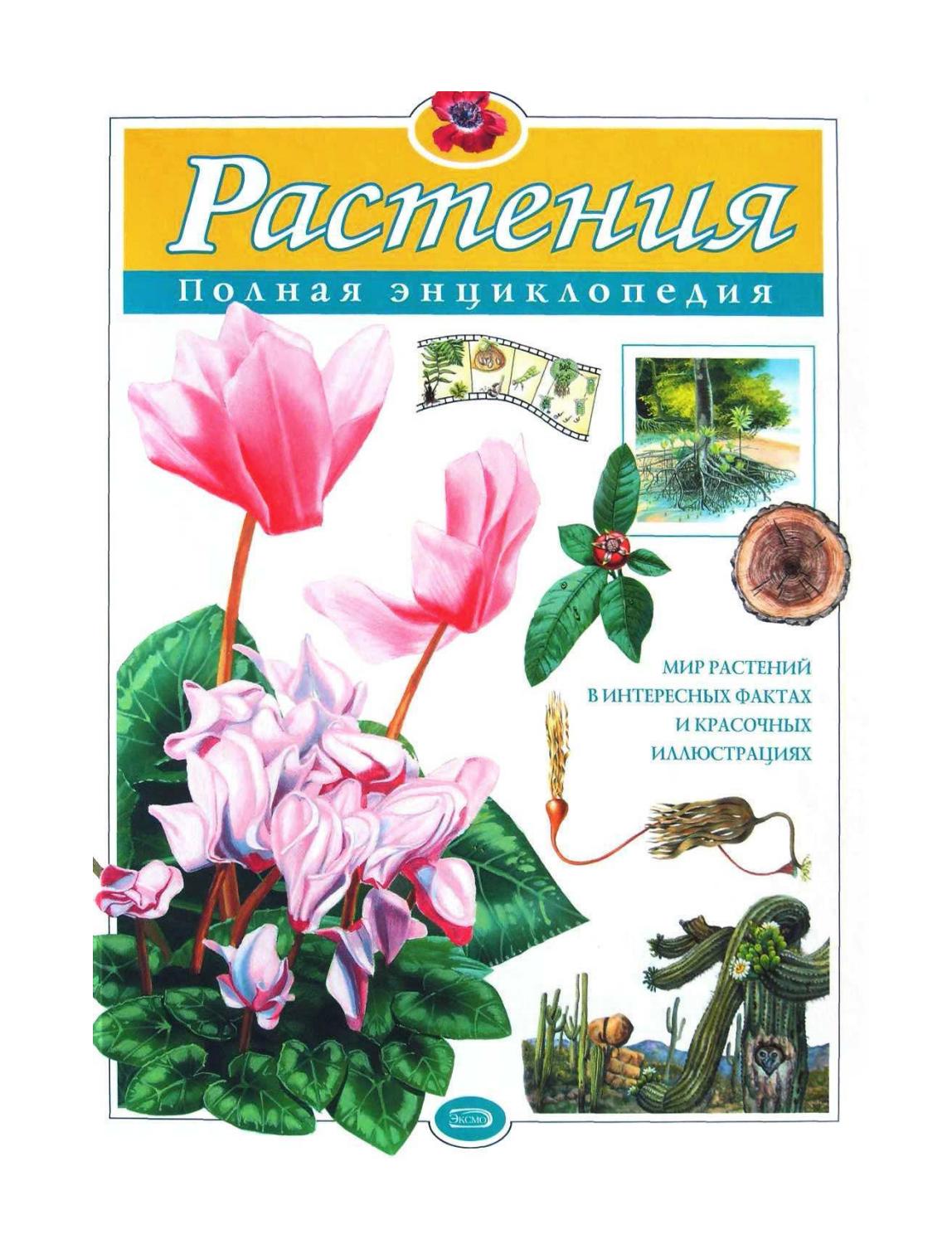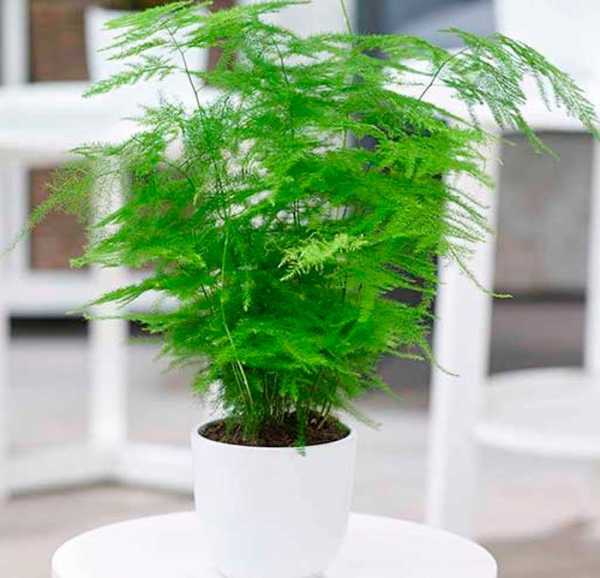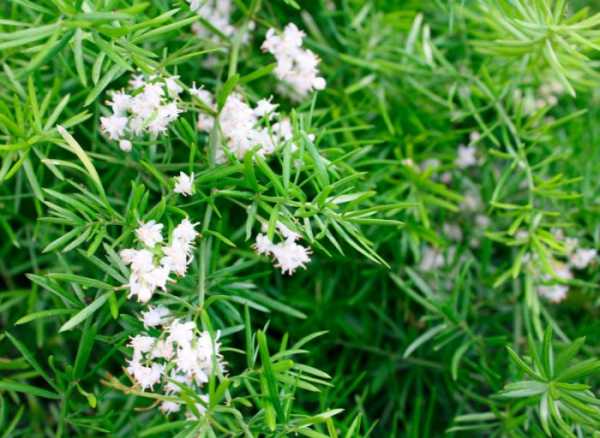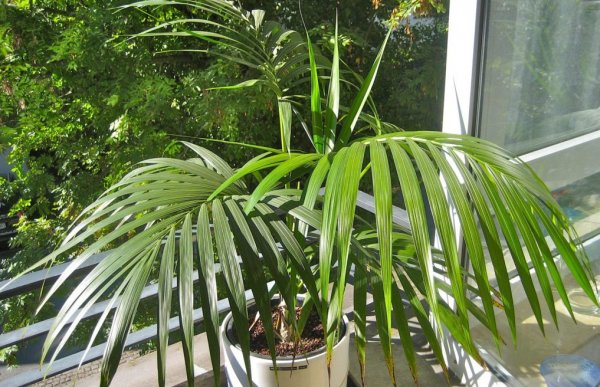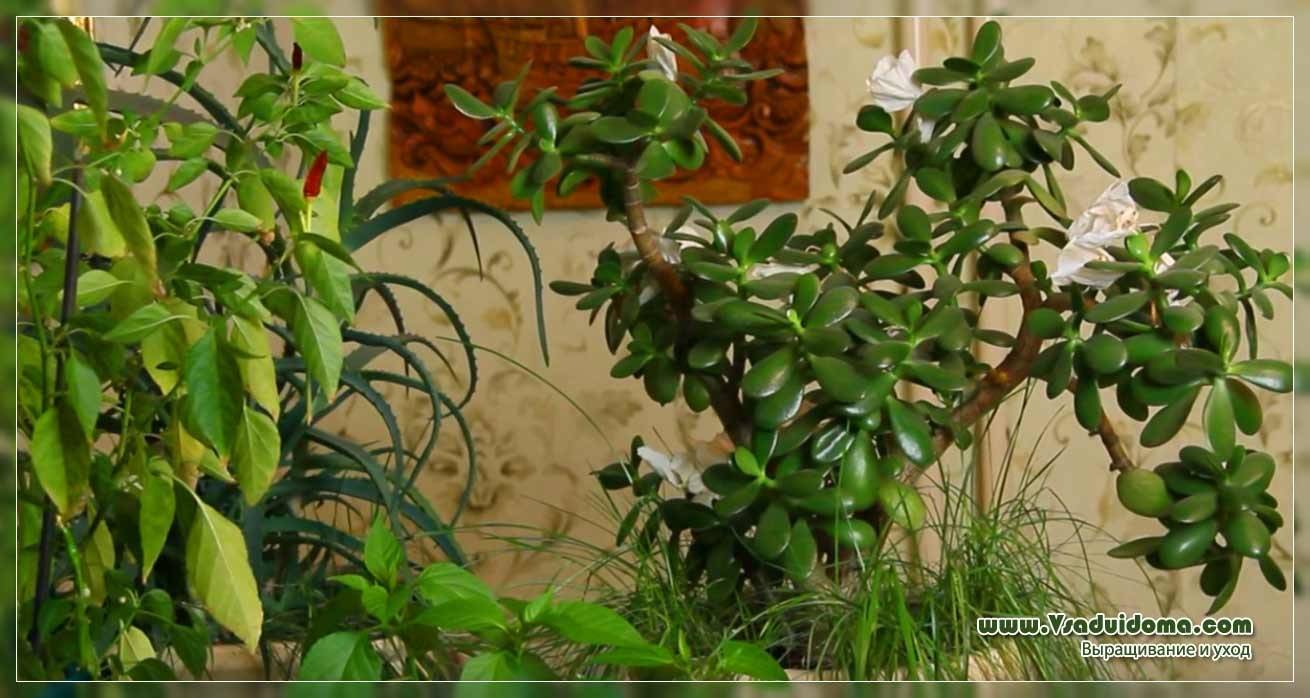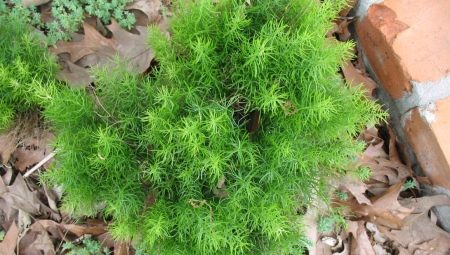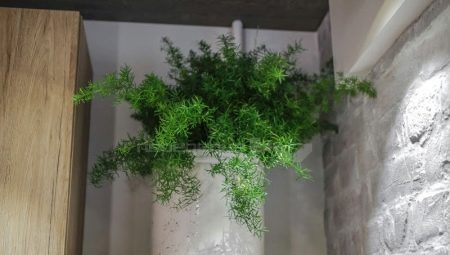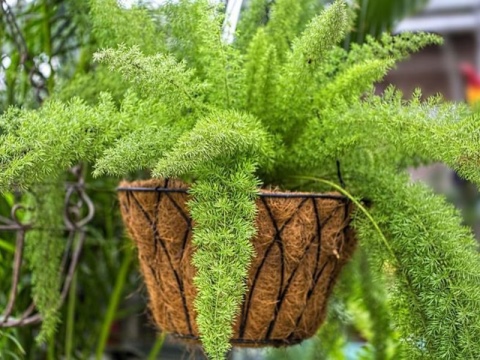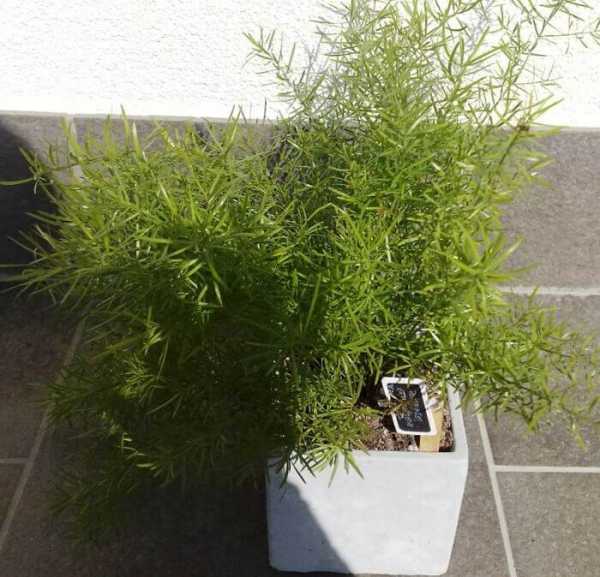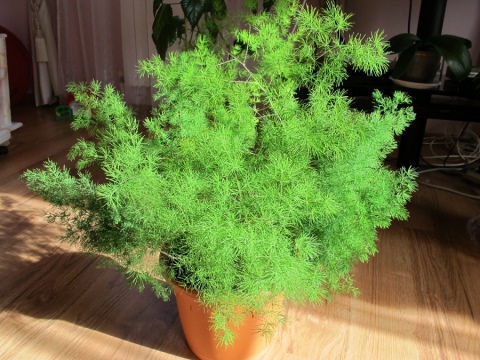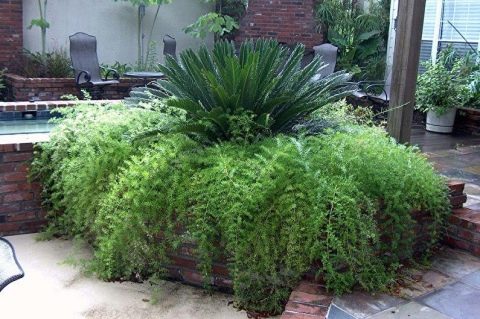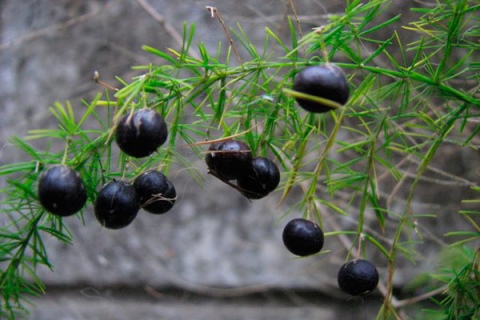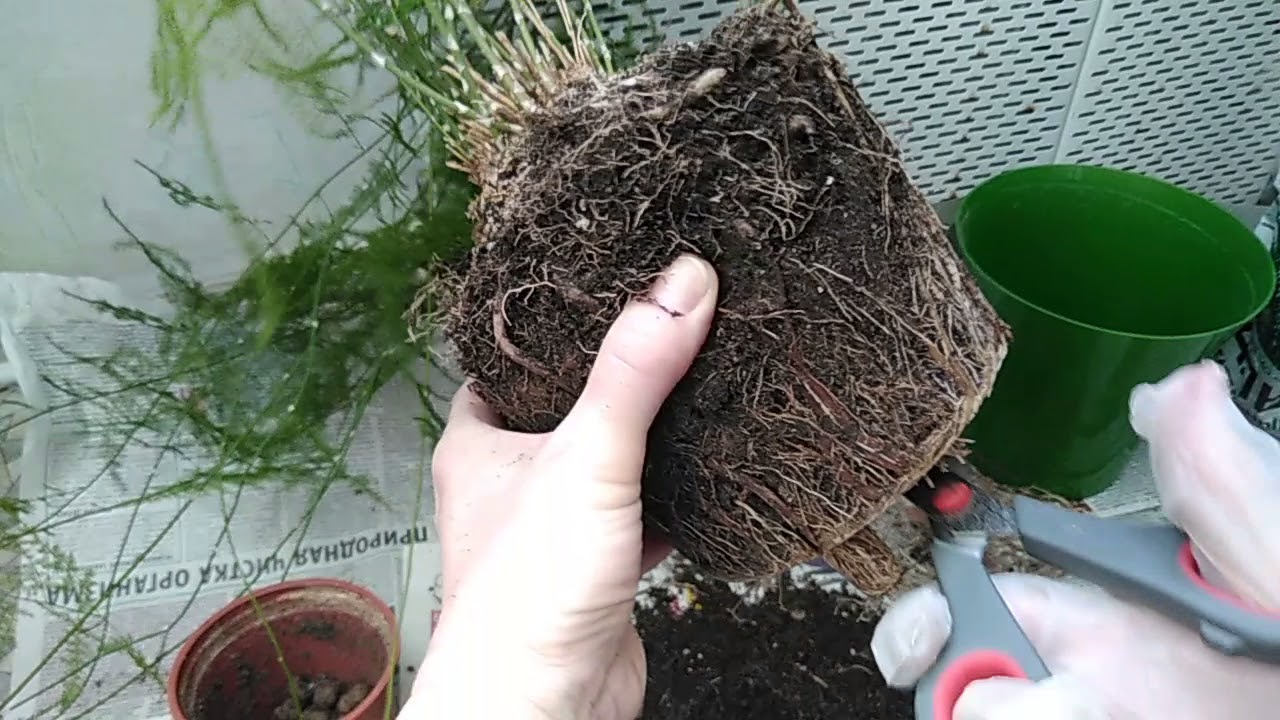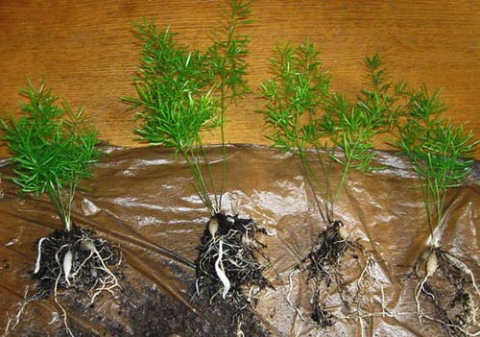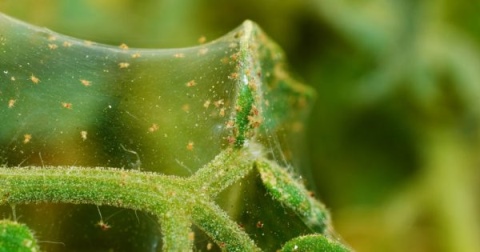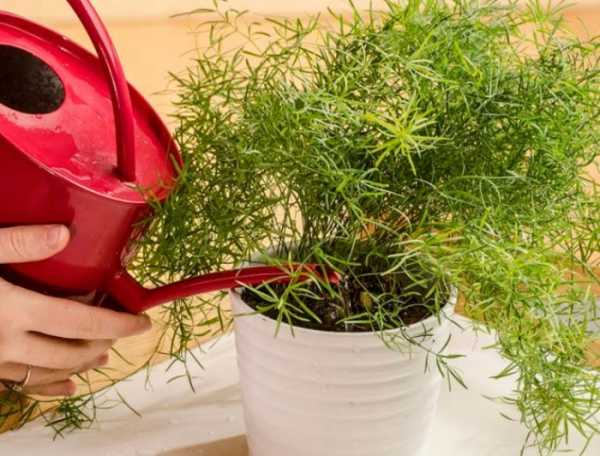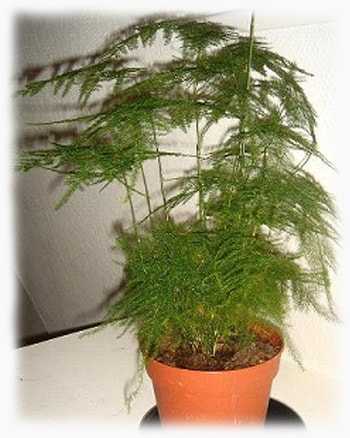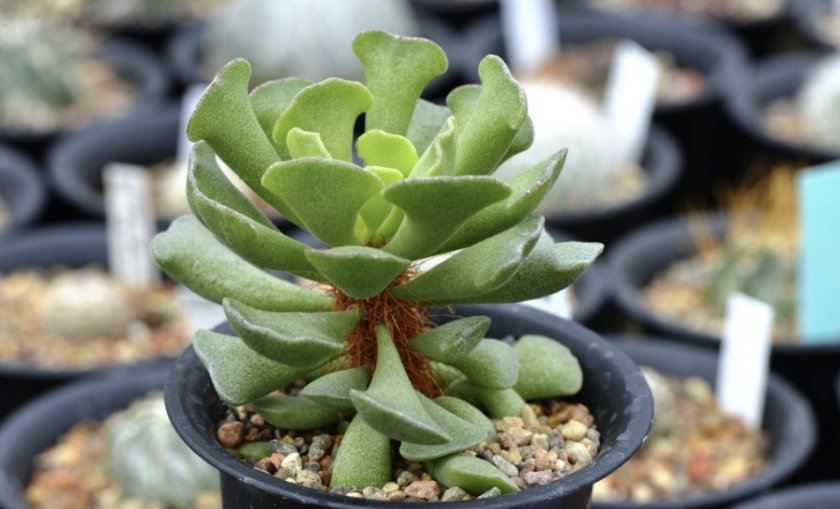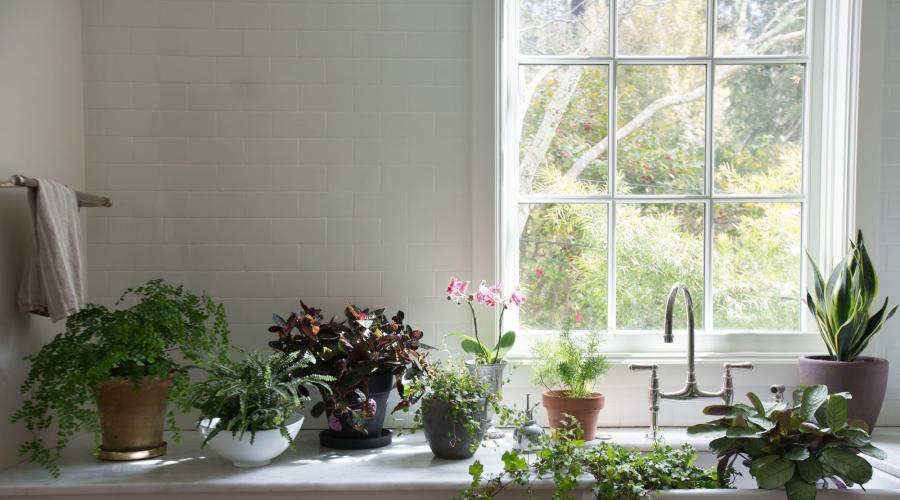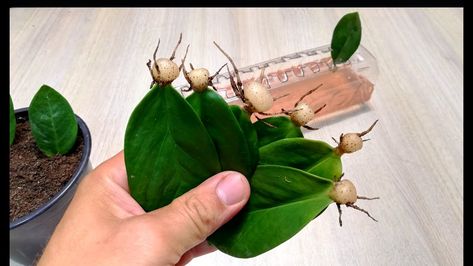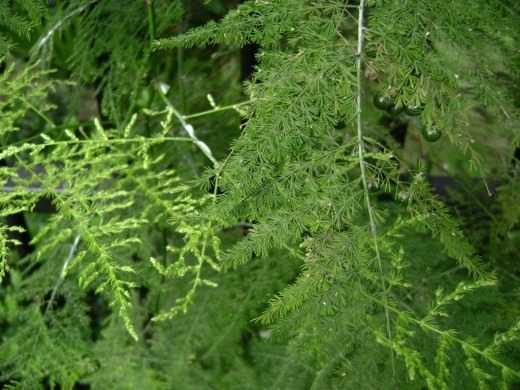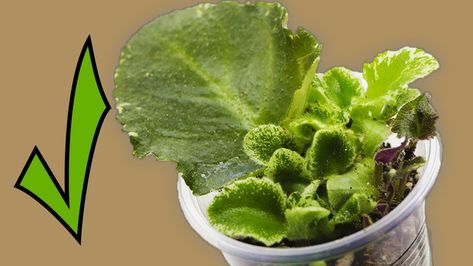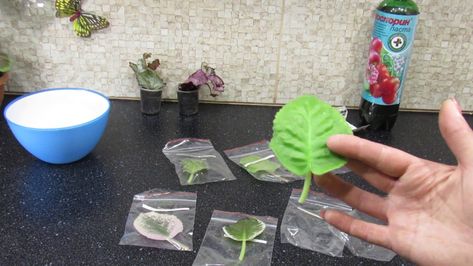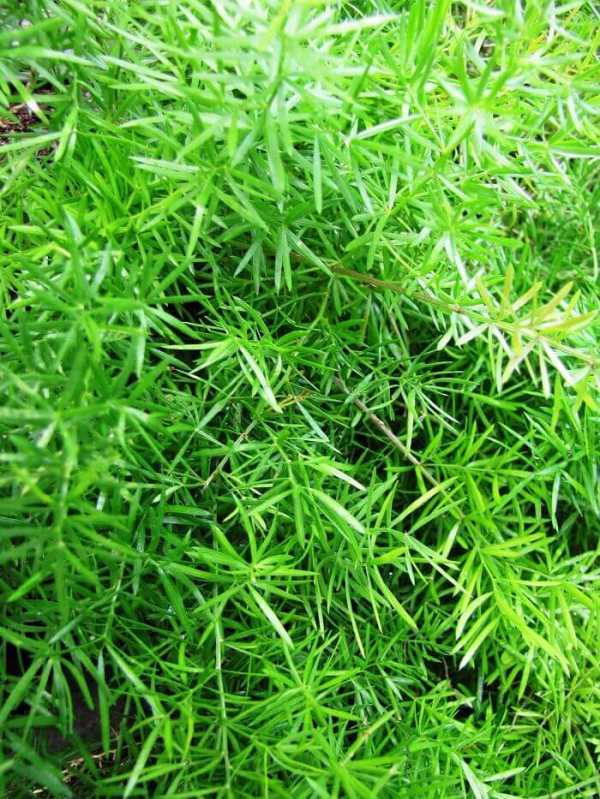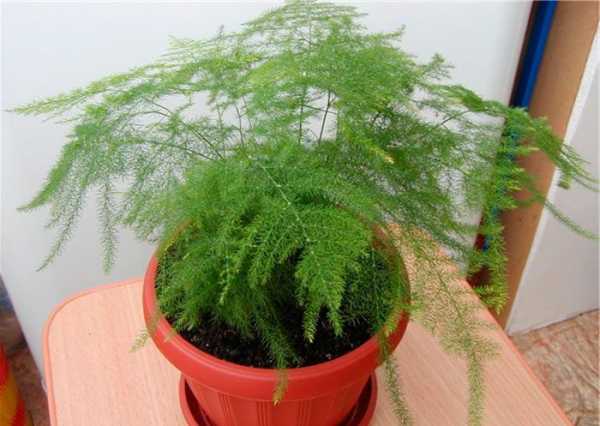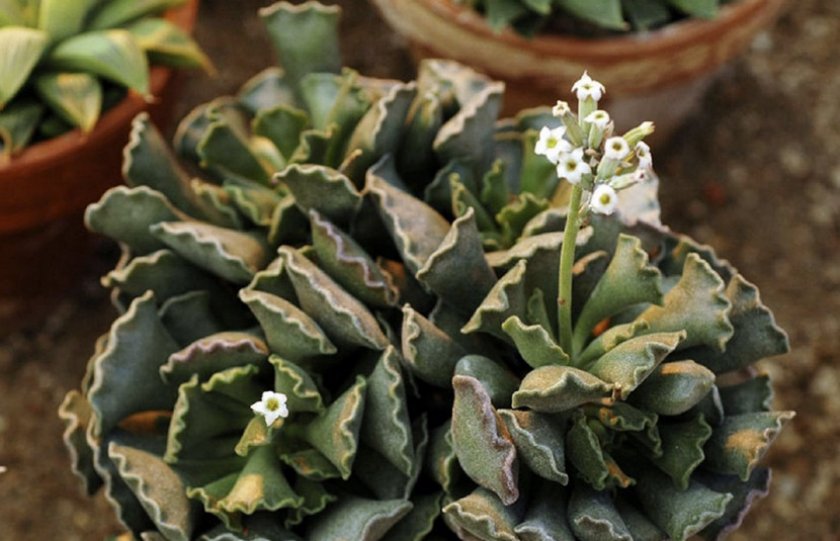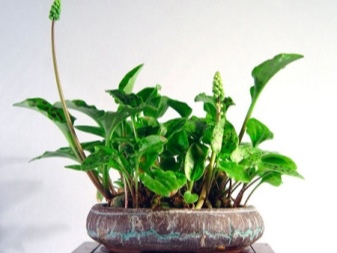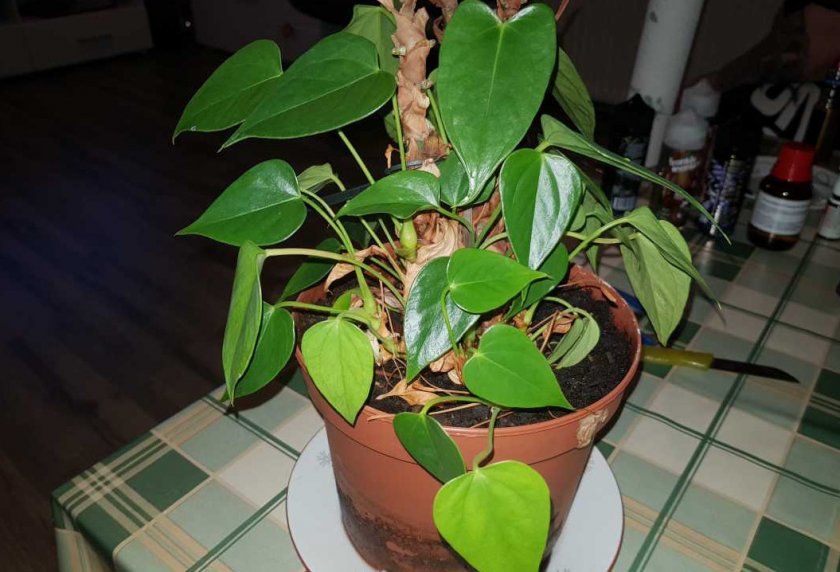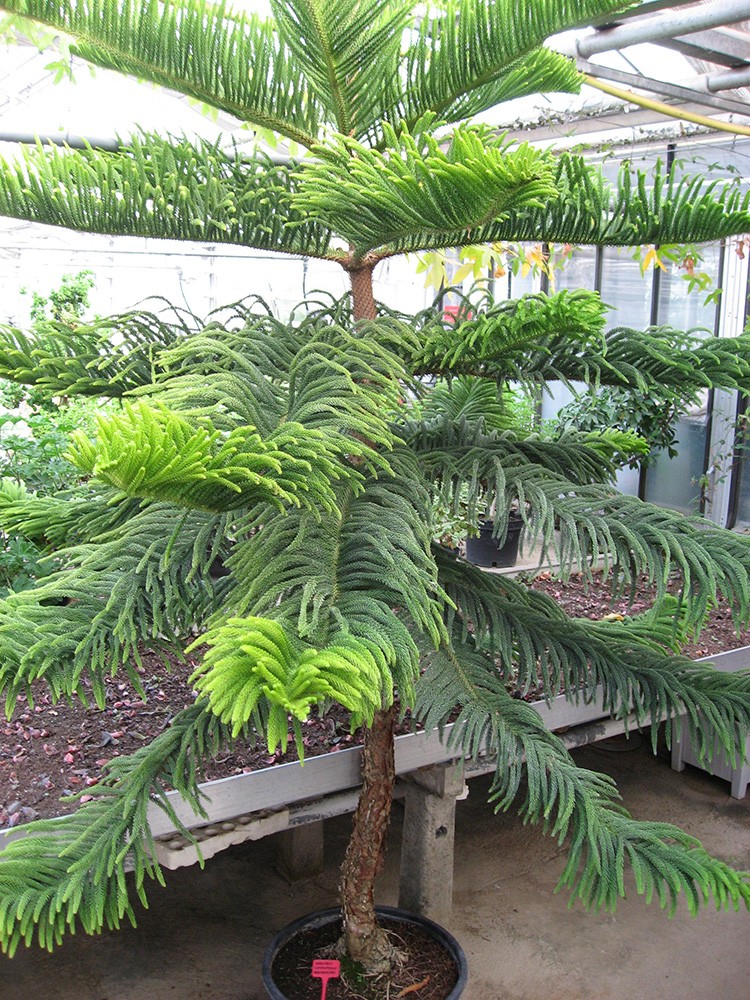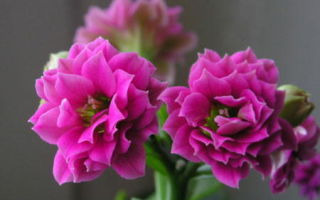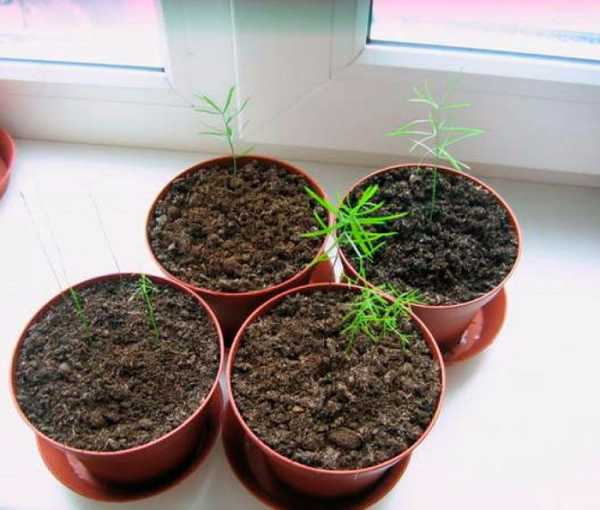Home care for asparagus, secrets and difficulties
The plant belongs to unpretentious crops that can grow in almost all climatic conditions. However, despite all the resistance, the flower needs to create conditions close to its homeland.
 You may be interested in:
You may be interested in:
Lobularia: growing from seeds at home Lubularia is a flower with which you can create beautiful landscapes. It is not difficult to take care of him, he can even cope with it ... Read more ...
Lighting
Most varieties of the Asparagus family prefer to grow in well-lit areas. However, it is worth avoiding direct sunlight on the ground part of the flower, as this can lead to burns and loss of decorativeness.
Pay attention! When choosing a place to place a flower, it is recommended to give preference to eastern and western window sills.
In spring or summer, the plant can be taken out on a balcony or loggia, the access of fresh air will have a beneficial effect on its condition. The feathery asparagus, unlike other members of its genus, prefers to grow in partial shade.
Temperature and humidity
Despite the fact that asparagus has spread throughout the world from subtropical regions, the plant does not tolerate heat well. During the period of active growth, which falls on the warm season, it is recommended to keep the flower at a temperature of 20 to 25 ° C. The plant needs a cold winter, the dormant period will preserve its decorative effect and will not allow its shoots to be pulled out and exposed.
Optimum content temperature in winter - 10-16 ° C. Asparagus reacts painfully to dry indoor air. You can solve the problem by placing a container of water next to the bush. During a particularly dry and hot period, the ground part of the plant needs regular spraying or a warm shower.
 You may be interested in:
You may be interested in:
The names and types of non-flowering indoor plants (37 photos) Many flower lovers prefer to grow non-flowering decorative crops in their apartments or houses. Such ... Read more ...
Watering and feeding
From spring to the first cold weather, the plant needs frequent and abundant watering with soft water at room temperature. Florists recommend watering the flower as soon as the top layer of the earthen substrate dries up. The root system of asparagus quickly draws out all the nutrients from the soil, for this reason, during the active growing season, the plant needs additional nutrition every 14 days. It is recommended to use complex mineral fertilizers as top dressing.
Flowering and fruiting
Despite the fact that asparagus are prized by flower growers for their decorative shoots, most of them are flowering plants. Representatives of the Asparagus family bloom with small flowers of a white or pink hue, which are not particularly attractive. However, these rather modest flowers have a delicate and pleasant smell.
Note: Asparagus can only be blooming when kept in high humidity conditions. Otherwise, the plant is unlikely to bloom, even though it will look absolutely healthy.
However, even with proper care, it will not be possible to achieve flowering of a young plant - as a rule, only mature specimens older than 8-10 years old bloom indoors. With successful pollination, the result of flowering will be the appearance of poisonous fruits in the form of red or black-blue berries with seeds inside.
Trimming and pinching
Pruning a bush is carried out exclusively for hygienic purposes, since it does not need to form a crown. The pruning procedure is recommended during plant transplantation.Only old bare shoots are removed, since the cut branches stop developing.
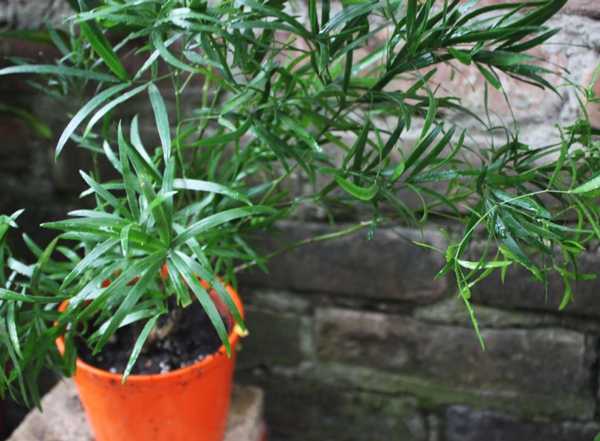 Pruning asparagus
Pruning asparagus
In case of damage to the shrub by pests or diseases, all its infected areas are subject to immediate pruning. Of all types of ornamental asparagus, only Sickle-shaped asparagus tolerates a "haircut" well, for this reason, you should not get carried away with cutting the shoots.
Preparing for winter
To preserve its decorative effect, the flower must be provided with a dormant period, which lasts from November to March. During this period, it is recommended to transfer the container with asparagus to an unheated room, in which the air temperature does not drop below 10 ° C.
Important! However, there should be no drafts or sudden changes in temperature in the room, since these factors are detrimental to the flower.
During sleep, the plant does not need additional feeding or abundant watering. However, if it is impossible to provide the plant with a cold wintering, it is not recommended to reduce the frequency and abundance of watering.
3. Varieties:
3.1. Asparagus pinnate or bristle-like - Asparagus plumosus, Asparagus Setaceus
Evergreen, herbaceous, small-leaved plant with rigid, upright, green stems, the length of which can reach 1 m, but more often reaches 20 - 30 cm. At the tops of the stems there are numerous thin branches with thin, straight, needle-like leaves in autumn. Branches with leaves resemble frond ferns. The flowers are bell-shaped, drooping, greenish; as they bloom, they turn into rounded black berries.
3.2. Asparagus dense-flowered Sprenger or Ethiopian - Asparagus densiflorus Sprengeri
Perennial herbaceous plants from 40 to 60 cm high with numerous green, thin, rigid, curved stems. The leaves are emerald green, thin, flat, up to 2.5 cm long, resemble needles and in fact are phylloclades - modified shoots. Flowers are white, axillary, appear in late spring - early summer. After flowering, the bushes form small rounded red berries.
3.3. Asparagus Meyer - Asparagus Meyeri
Valuable decorative leafy perennial evergreen herb, reaching a height of 90 cm, grows slowly. Adult specimens form large spreading “shrubs”, consisting of numerous curved, pointed branches of a rounded shape, resembling the tentacles of an octopus. The leaves are acicular, tiny, light green. The flowers are fragrant, small, often go unnoticed inside the branches. The berries are small, rounded, and turn red when ripe.
3.4. Asparagus sickle -Asparagus falcatus
An evergreen herb with numerous thin, flexible, green shoots. Stems can reach a length of 7 m, droop with age, which allows you to grow this species as an attractive ampelous plant. The leaves are narrow, glossy, green, whole-edged, up to 8 cm long. The flowers are delicate, white, small, collected in loose branched brushes and have a pleasant aroma. Fruits are red, rounded berries with a single black seed.
3.5. Asparagus Umbellatus or umbrella - Asparagus umbellatus
Plants with thick, tough, erect shoots 40 to 65 cm high. Each stem of this species bears thin twigs, on which are located long, emerald, curved, thin phylloclades, collected in whorls and resembling an umbrella. The flowers are small, greenish. Fruits - berries, when ripe, acquire an orange tint.
3.6. Asparagus asparagus - Asparagus asparagoides
Evergreen ornamental plants with long (up to 3 m), thin, flexible shoots. Shoots of this variety are abundantly covered with oblong-lanceolate or heart-shaped phylloclades up to 4 cm long, located alternately. The flowers are small, greenish-white, axillary, collected in small inflorescences.
3.7. Asparagus Virgatus - Asparagus virgatus
A very airy evergreen perennial plant with numerous erect, tough, thin shoots. Plant height varies from 20 cm to 1 m. At the tops, the shoots have branches with very thin and long, dark green leaves - phylloclades. The flowers are white, fragrant, as they bloom, they turn into rounded reddish berries.
3.8. Asparagus racemose -Asparagus racemosus
Herbaceous perennial with thin stems reaching a height of more than 3 m. At the top of the stems there are numerous thin twigs with flat, long, emerald green phylloclades. The flowers are delicate, white, attractive, collected in small inflorescences. Fruits are berries that turn orange as they ripen.
3.9. Asparagus whorled -Asparagus verticcillatus
One of the largest species of asparagus, whose stems reach a height of 5 m. Numerous tough, thin, dark green branches are covered with needle-like, prickly phylloclades. The flowers are white, fragrant, small. The berries are round, green, and turn red when ripe.
You may also be interested in:
Dracaena
Aspidistra
Chlorophytum
Yucca
What is asparagus and the history of home growing
Asparagus is a fairly extensive genus of perennial plants from the Asparagus family, which grows on almost all continents of the globe. Among the representatives of the genus, you can find herbaceous plants, vines and shrubs. The homeland of indoor asparagus is considered to be South and East Africa.
Different types of asparagus differ significantly in appearance. However, they are all united by the presence of short needle-shaped branches called cladodes, which from afar can be mistaken for needles of needles. But the leaves of the flower are poorly developed and look more like scales that cover thin green shoots.
Wild-growing asparagus gained popularity back in the era of ancient Rome, it was actively used for food and even began to be grown on an industrial scale. However, ornamental plant species have become popular not so long ago. For the first time, asparagus was grown indoors a little over a century ago. The first species to be grown as an indoor crop was asparagus, named after Karl Sprenger. It was this man who was involved in the popularization of asparagus as a room culture.
Many indoor varieties have been bred by scientists from African, American and Mediterranean representatives of the genus. About three decades ago, the plant was at the peak of its popularity and was found on almost every windowsill. Now, after a little oblivion, interest in asparagus is gradually returning.
Description of asparagus
Asparagus is one of the perennial grasses with rhizomes, shrubs and lianas. The flowers of the plant are small, located singly or collected in racemose inflorescences. In many asparagus species, flattened needle branches play the role of foliage. The axils of the leaves are occupied by small, hardly distinguishable flowers. They are located in the form of thyroid and racemose inflorescences, but they can also be single.
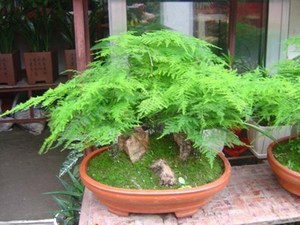
The fruit of the plant is represented by a berry with large seeds. Each seed is protected by a dense skin. The flowers are similar in structure to lilies, but instead of a bulbous root, asparagus has a rhizome. Shoots growing upward from horizontal rhizomes are capable of photosynthesis.
Due to the variety of species, you can use this flower as a climbing plant or grow it in an ampelous way.
Care after purchase
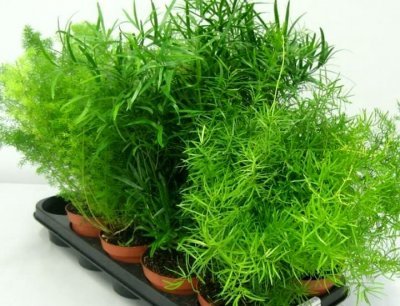 Asparagus Sprenger belongs to the unpretentious hardy species.
Asparagus Sprenger belongs to the unpretentious hardy species.
It is considered a decorative plant of amazing beauty. He can adapt to all conditions of existence.
Can grow in apartments, offices, offices, loggias and balconies, greenhouses or decorative gardens.After buying a flower, for its excellent growth, certain requirements must be met.
If the plant was bought in plastic bags with a moist rhizome, then it needs proper planting in wide containers. First of all, you should choose a comfortable well-lit place. Avoid direct sunlight and large drafts.
The plant tolerates pruning perfectly. Thanks to the systematic formation, flower growers achieve an increase in bushiness. The plant begins to expand and grow abundantly, to give new shoots and cladodes. It is necessary to get rid of sick adult and "bald" shoots. In their place, new stems grow over time.
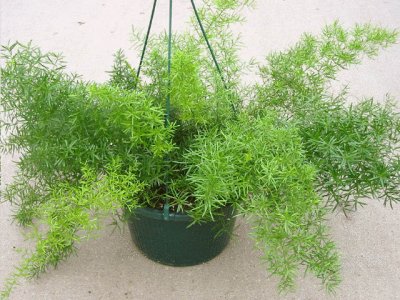 Asparagus Sprenger likes frequent systematic watering.
Asparagus Sprenger likes frequent systematic watering.
It is necessary to provide abundant regular watering with settled water.
The flower does not tolerate chlorine well, therefore, chemical impurities should not be allowed in the water.
To avoid burns or frostbite of the rhizome, it is better to use water at room temperature.
The soil of the flower is always kept moist. The plant must not be poured. Excess moisture leads to rotting of the root system and acidification of the soil.
It is not recommended to leave water on the pallet. Otherwise, the plant may suffocate.
If the necessary air humidity is not maintained, then the flower cladodia may begin to turn yellow and fall off strongly.
For Asparagus Sprenger, a neutral, breathable soil with a good nutrient base is suitable. You can cook it yourself. To do this, you will need turf, leaf, peat soil and sea sand in proportions of 1: 1: 1: 1/2.
The use of universal purchased land for deciduous or decorative flowers is allowed. Vermiculite or a small amount of perlite must be added to such soil.
For planting, wide containers should be used, since the flower is endowed with an actively developed rhizome. It forms root nodules, in which, as it grows, the necessary supply of vitality and nutrients accumulates.
Drainage from pebbles or expanded clay is laid at the bottom of the container. Then a small layer of prepared soil is poured and the flower is placed in the middle of the container. The edges are filled with the remaining soil. For good growth, the plant is watered abundantly and placed in a lighted place.
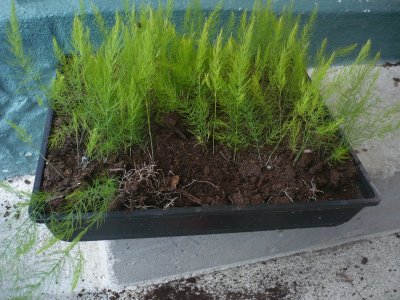 Young Asparagus are transplanted every year in the spring.
Young Asparagus are transplanted every year in the spring.
For transplanting, it is necessary to use larger containers than before.
Transplantation of adult specimens is carried out as the container fills with the root system of the flower.
If roots begin to peek out of the drainage holes, transplant into a wider pot is necessary.
Removal of 1/3 of the nodules is allowed. Removing more nodules can kill the plant. Top dressing is carried out during intensive growth 1 time in 14 days.
Additives work well for deciduous or decorative indoor flowers. On the advice of experienced florists, organic feeding in the form of horn shavings is allowed.
Reproduction of asparagus by dividing the bush
A method such as propagation with tubers or asparagus roots has many advantages. First of all, by dividing the common root system, you can quickly get several independent plants with their own roots at once.
The acclimatization of such asparagus takes much less time than it takes for an asparagus propagated by cuttings to take root, or waiting for seedlings to grow.
The soaked earthen lump is removed from the pot, after which the remains of the soil are removed and, if necessary, additionally wetting the asparagus roots, the bush is divided into separate seedlings. Be careful with this procedure, as many types of asparagus are prickly and can damage the skin on the palms.
When this work is done, the plants are planted in pots prepared for asparagus in advance with an equipped drainage layer and a nutritious soil mixture. After transplanting, the asparagus is watered and placed in a shaded place where drafts and direct rays of the sun will not damage the pet.
Acclimatization takes about a month, during which the plant is moderately watered, but not fed, so as not to burn the damaged roots.
Such different asparagus
Asparagus densiflorus became the first in a series of domestic plants of this species. True, due to serious confusion in the classification of plants, for a long time it was referred to as a lily plant and was called Asparagus Sprengeri. Already in recent decades, the asparagus family has undergone a serious reformation, and Sprenger's asparagus has ceased to be a separate species. Now it is a species of densiflorus, bearing the name of Karl Sprenger, who brought the first specimens from Africa and devoted half his life to popularizing the plant among indoor crop lovers.
If this species can rightfully be called the most popular in the world, then asparagus plumose plants are a kind of record holders for the size of needle cladodia, which are very thin and much shorter than those of other varieties. Plants of asparagus pinnate are in great demand in the East, in China and Japan, because they lend themselves well to shaping and are used in traditional miniature compositions, bonsai.
The largest species of asparagus, although it also needs pruning, cannot be turned into a tiny tree even in decades. Asparagus crescent is an indigenous inhabitant of South Africa, where its powerful shoots grow up to 6-8 meters. In the homeland of asparagus, plants are used as hedges in fields and agricultural plots. Not only does the perennial culture grow quickly without hassle, its stems easily braid the supports and are equipped with thorns that prevent intruders and wild animals from entering the beds.
The closest relative of Sprenger's asparagus, the Meyeri asparagus has earned the nickname foxtail because its highly branched shoots are so densely covered with cladodes that the central part of the stem is not visible at all. The thinning shoots towards the end really resemble the fluffy tail of a fox and make this asparagus plant the most interesting of all cultivated species.
Asparagus plants of this species are especially decorative to breeders who received hybrids with completely white shoots.
The virgatus asparagus is very similar to the asparagus plant, but its shoots cannot be called delicacy. They are completely inedible, but the fluffy stems are of great commercial importance and are actively grown for the needs of florists. Needle phylloclades of asparagus can keep fresh for up to two weeks and perfectly set off the beauty of the most luxurious flowers in bouquets.
Description
Asparagus Meyer is a capricious houseplant.
Refers to the form of the Ethiopian Asparagus of the genus Asparagus. It is the most common subspecies of Asparagus 'Meyeri'. It looks like a herbaceous branched dwarf shrub.
Widely distributed in Europe, South Africa and Asia. In natural and indoor habitat, it reaches a height of no more than 50 centimeters. It grows 6 meters wide.
The main branches are straight and even. They can bend under their own weight and woody at the roots of the base. Small lateral shoots extend from the central stems in a horizontal position. They densely cover the plant, representing graceful leaf-like cladodia in the form of numerous "needles".
Due to this arrangement of lateral shoots, Asparagus Meyer looks like a huge ovary of "fox tails" - phylloclades.
The leaves of all members of the Asparagus family are invisible. They look like small scales that completely cover the lateral stems. Flowering time falls in June-August.
Bell-shaped flowers, axillary, amber-snow-white shade. In length they reach no more than 5 millimeters.After self-pollination, oval-rounded burgundy berries appear. The diameter of the berries varies from 6 to 10 millimeters.
Several photos with Asparagus Meyer:
Other common types of Asparagus on our website: Sprenger, Sickle, Feather.
Diseases and pests
The flower has good immunity, which helps protect against diseases and pests. But, improper care often leads to problems.
The most common pests: spider mites, thrips, aphids. The complexity of treatment lies in the fact that the flower does not react well to any chemical agents.
If damaged by pests, you can prune the plant and rinse the stems under a warm shower.
Also, the question is often encountered: Why does pinnate asparagus turn yellow?
Falling off and yellowing of the stems can occur due to high temperatures and dry indoor air, during flooding or prolonged exposure to the sun.
It is recommended to pay attention to the recommendations for plant care, observe the temperature and light conditions. Asparagus Cirrus is a beautiful and amazing plant that has long attracted the attention of many flower growers.
If you give your flower your care and attention, it will become a real decoration of your home.
Asparagus Cirrus is a beautiful and amazing plant that has long attracted the attention of many flower growers. If you give your flower your care and attention, it will become a real decoration of your home.
Description of the plant
Asparagus (Asparagus) is a perennial plant. Previously, this representative of the flora belonged to the Liliaceae family. But, at the moment, asparagus crops are isolated into a separate family. Therefore, now Asparagus belongs to the Asparagaceae family.
It grows actively in Europe, Siberia, the Caucasus, China, Australia, the USA, on the Mediterranean coast. It can be a sprawling shrub, emerald grass, or liana. Asparagus branches reach a height of more than 150 cm. They are endowed with small flattened branches with bundle-shaped cladodia.
Claudia are located on stems and scaly leaves. Leaves are miniature, underdeveloped or completely absent. There are hard spurs on the trunk. The plant has a well-developed root system.
Home care
Often, Asparagus is confused with ferns, because their external data are really similar. The absence of leaves and the presence of needles are misleading to many, but these are completely different plants. Only a five-year-old plant is considered an adult, and at this age it begins to bloom and produce seeds for propagation.
Not many people know that such a popular product as asparagus is obtained from Asparagus. Asparagus vulgaris has edible shoots, which are asparagus. The cultivation of such a product is especially popular in Germany, where it is dug up by hand.

Breeding Asparagus at home is not so difficult, on the contrary, this activity is exciting. Care will not be difficult, but non-observance of elementary rules will undoubtedly lead to a plant without any decorative properties. Here are some of the conditions for competently growing Asparagus:
- A flower needs a lot of light, but only without direct sunlight. If the plant is on the south window, it is not enough just to cover it with tulle, it should be at a decent distance from the glass. It is preferable to grow Asparagus in hanging pots. If the plant does not have enough lighting, then its foliage begins to actively turn yellow and fall off;
- In winter, the flower needs a temperature of at least 10 degrees Celsius, but in summer 24 degrees will be enough. If the temperature is higher in summer, the needles of the plant will begin to dry quickly. In such a situation, you can help the plant with frequent spraying;
- Any variety of Asparagus reacts sharply to abnormal moisture levels. If a clod of earth dries up in a pot, then your plant will certainly die.In the summer, you need to water Asparagus often and abundantly, and it is worth spraying at least several times. A prerequisite is the location of the evaporator or container with water next to the plant. In winter, such a number of spraying is useless, as well as abundant moisture;
- Asparagus perfectly cleans the indoor air;
- Drafts should not be allowed next to the flower;
- It is necessary to carry out regular plant transplants;
- If you do not follow the agrotechnics of the plant, then its appearance will certainly tell you about it.
These conditions are suitable for the entire species of this plant, but individual varieties have their own characteristics. When you purchase Asparagus, first familiarize yourself with the conditions for keeping a particular variety.

Garden varieties
Garden asparagus varieties grow outdoors. They can be planted in dachas, vegetable gardens, greenhouses, botanical gardens. They calmly endure minor temperature drops, cold snap and drought. They grow in sod, leafy soil or black soil. They respond well to additional feeding. Read more about growing asparagus in the article.
The main garden subspecies include:
Medicinal asparagus (Asparagus officinalis) is a perennial dioecious herb. It reaches a height of no more than 1.5 m. It has straight branched stems, which are covered with graceful cladodia. The stems bend strongly under their own weight. Leaves are elongated, scaly. Flowers are amber-white, growing on elongated legs.
White asparagus (Asparagus L.) is a branchy frost-resistant perennial. It is a source of medicinal raw materials. It is used in cooking. Contains essential oils, vitamins and minerals. The plant reaches a height of 1.5-2 m. It has a large number of needle-like processes. It has a powerful root system that forms growth buds.
Green asparagus is a highly branched perennial. Possesses a powerful root system. Has miniature, underdeveloped leaves. The flowers are small, of both sexes. After flowering, oval blue-black berries form. The sprouts of this representative of the flora are used in cooking. They contain antioxidants, fiber, vitamins, trace elements. Harvesting occurs in May-June.
See below: asparagus photo
White asparagus
Medicinal asparagus
Green asparagus
Important! Garden plants should not be planted near groundwater. A well-lit and windless place is chosen for planting. Asparagus is a perennial plant.
There are over 300 different subspecies. It can be an original decoration for flower arrangements. We are loved by florists for their delicate and graceful treasures. It responds well to top dressing. Easily tolerates drought and minor temperature fluctuations. Has become widespread throughout the world. You can read about the benefits and dangers of asparagus - asparagus in the article on our website.
Asparagus is a perennial plant. There are over 300 different subspecies. It can be an original decoration for flower arrangements. We are loved by florists for their delicate and graceful treasures. It responds well to top dressing. Easily tolerates drought and minor temperature fluctuations. Has become widespread throughout the world. You can read about the benefits and dangers of asparagus - asparagus in the article on our website.
Our site contains a lot of materials for gardeners, summer residents and gardeners. We talk in an accessible and understandable way about the types, as well as methods of planting, growing, caring for plants and vegetables. You can check out these articles:
- Growing white and medicinal asparagus.
- Description and photo of asparagus Sprenger, sickle, Meyer and cirrus.



